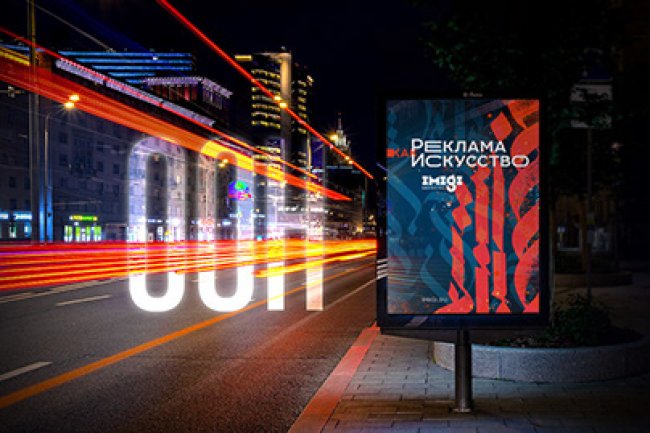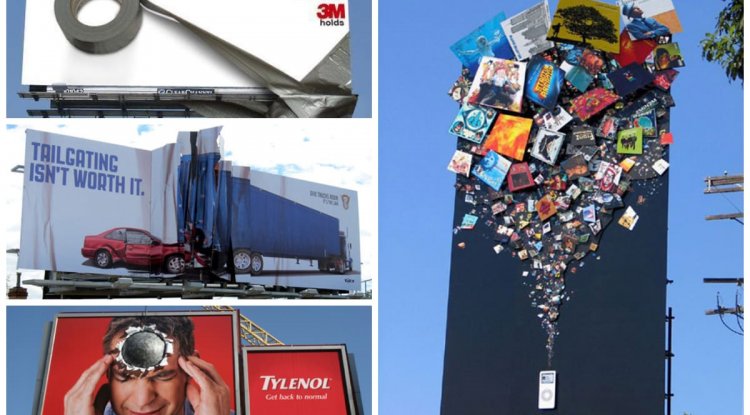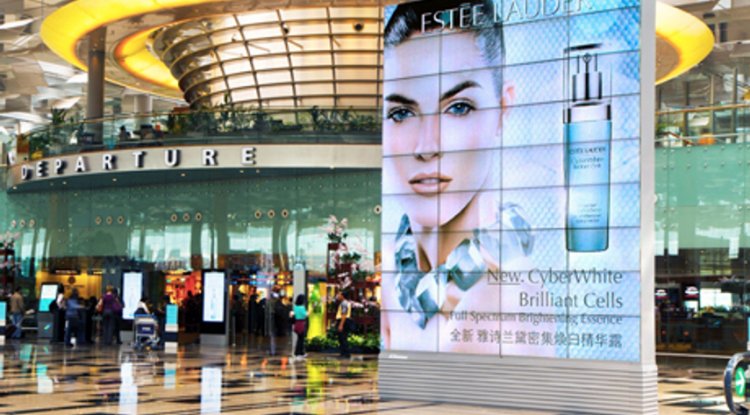The Evolution of OOH Advertising: From Traditional to Digital
Discover how digital OOH advertising is revolutionizing the advertising landscape. OOH Media Advertising Company in Noida. Evolution of OOH Media Advertising in India. Benefits of hoardings for a business in India.

The Evolution of Out-of-Home Advertising: From
Traditional to Digital
Out-of-home (OOH) advertising is one of the oldest forms of advertising, dating back to the days of ancient Egypt. In its earliest forms, OOH advertising consisted of simple signs and posters that were placed in public spaces. Over time, OOH advertising has evolved to include a wide variety of formats, including billboards, bus shelters, transit ads, and digital displays.

Traditional OOH Advertising
Traditional OOH advertising is characterized by static messages that are displayed on printed or painted surfaces. This type of advertising is still widely used today, and it can be a very effective way to reach a large audience. However, traditional OOH advertising has some limitations. For example, it can be difficult to measure the effectiveness of traditional OOH advertising, and it can be challenging to target specific audiences.
The Rise of Digital OOH Advertising
In the early 2000s, digital OOH advertising began to emerge as a new form of OOH advertising. Digital OOH advertising uses digital displays to deliver dynamic messages. This type of advertising offers a number of advantages over traditional OOH advertising. For example, digital OOH advertising can be more targeted, it can be more interactive, and it can be more easily measured.
Benefits of Digital OOH Advertising
There are a number of benefits to using digital OOH advertising.
These benefits include:
-
Reach: Digital OOH advertising can reach a large audience, even in crowded urban areas.
-
Targeting: Digital OOH advertising can be targeted to specific audiences based on demographics, location, and interests.
-
Measurability: Digital OOH advertising can be measured to track the effectiveness of campaigns.
-
Interactivity: Digital OOH advertising can be interactive, allowing viewers to engage with the ads in real-time.
-
Creativity: Digital OOH advertising allows for more creative and engaging ad formats.
Future of OOH Advertising
The future of OOH advertising is digital. As digital technology continues to evolve, OOH advertising is becoming more and more sophisticated. Digital OOH advertising is now able to deliver personalized messages, track audience engagement, and measure the effectiveness of campaigns. As a result, digital OOH advertising is becoming increasingly popular with advertisers.

Case Studies:
There are a number of case studies that demonstrate the effectiveness of digital OOH advertising. For example, a study by Clear Channel Outdoor found that digital OOH advertising can increase brand awareness by up to 50%. Another study by Nielsen found that digital OOH advertising can drive foot traffic to businesses by up to 25%.
Conclusion:
Out-of-home advertising has come a long way since its humble beginnings. In the past, OOH advertising was a static medium that was limited in its reach and effectiveness. However, the rise of digital technology has transformed OOH advertising into a dynamic and interactive medium that can reach a large audience with personalized messages. As digital technology continues to evolve, OOH advertising is poised to become an even more powerful advertising medium in the years to come.
Here are some additional trends in OOH advertising:
-
The rise of programmatic OOH: Programmatic OOH is a new way to buy and sell OOH advertising that uses digital technology to automate the process. Programmatic OOH allows advertisers to target their ads more precisely and measure the effectiveness of their campaigns more accurately.
-
The growth of mobile OOH: Mobile OOH is a type of OOH advertising that is targeted to people who are using smartphones or tablets. Mobile OOH can be delivered through a variety of channels, including digital billboards, mobile apps, and social media.
-
The increasing use of data-driven insights: Advertisers are increasingly using data-driven insights to inform their OOH advertising campaigns. This data can be used to target ads more precisely, measure the effectiveness of campaigns more accurately, and optimize campaigns for better results.
The future of OOH advertising is bright. As digital technology continues to evolve, OOH advertising is becoming more and more sophisticated. Digital OOH advertising is now able to deliver personalized messages, track audience engagement, and measure the effectiveness of campaigns. As a result, digital OOH advertising is becoming increasingly popular with advertisers.
What's Your Reaction?





















